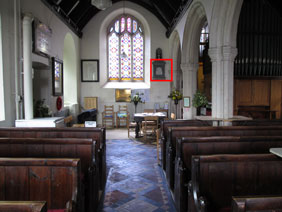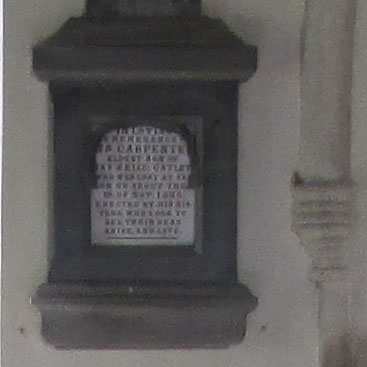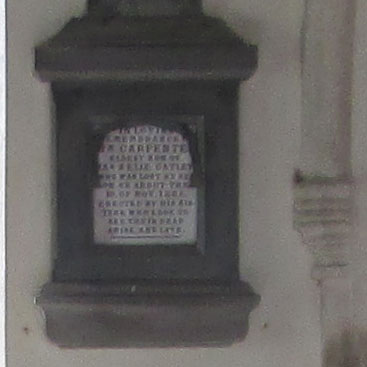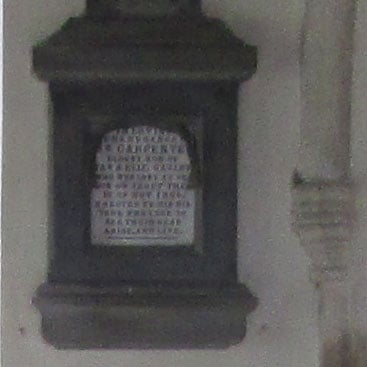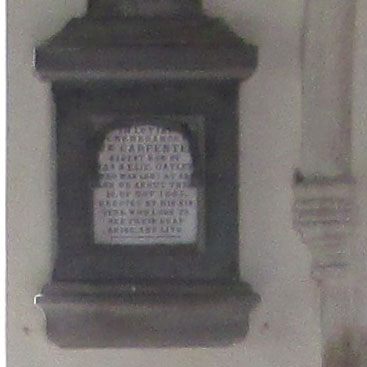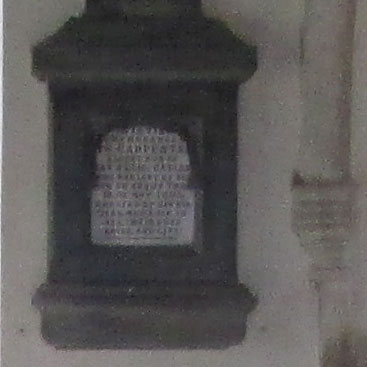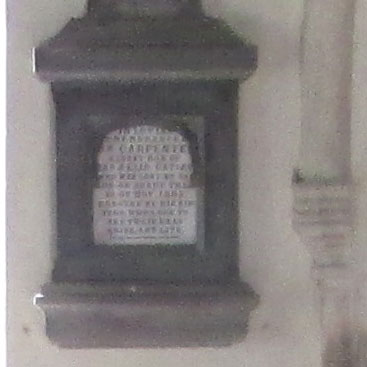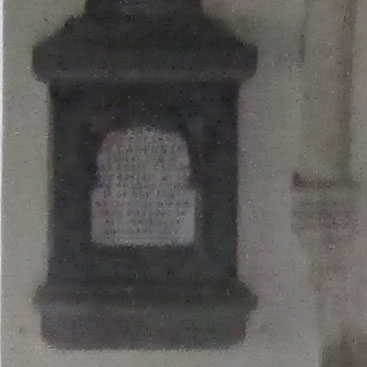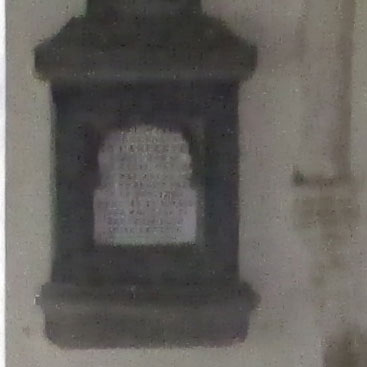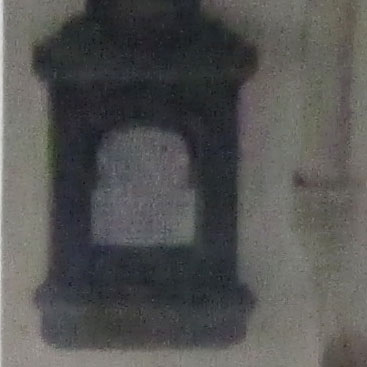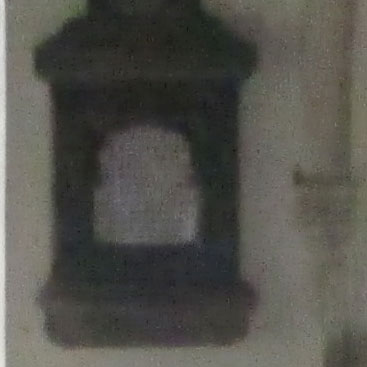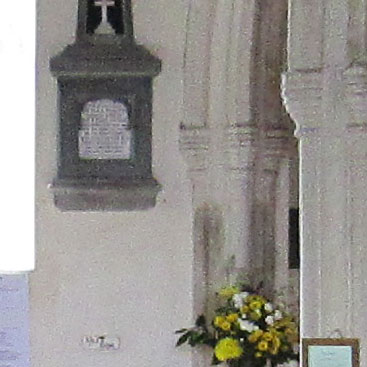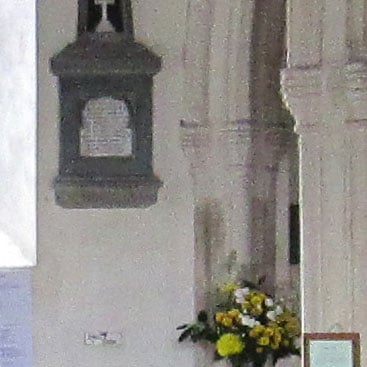Canon PowerShot A3400 IS review
-
-
Written by Ken McMahon
Quality
Canon PowerShot A3400 IS vs Canon PowerShot A2300 image quality
|
CanonPowerShot A3400 IS |
Canon PowerShot A2300 | |
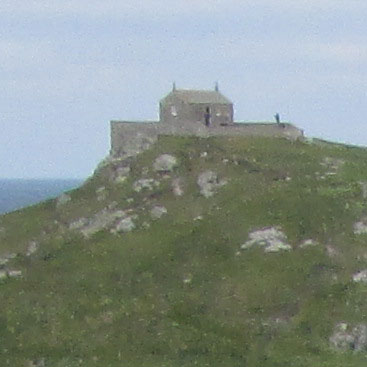 | 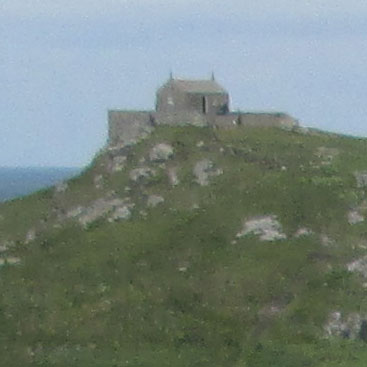 | |
f7.9, 100 ISO |
f7.9, 100 ISO | |
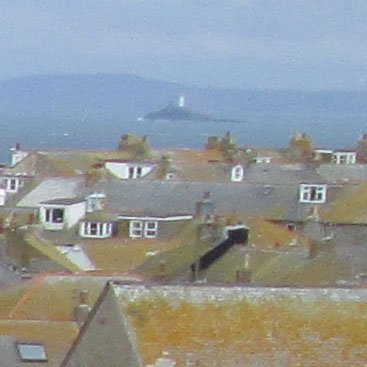 | 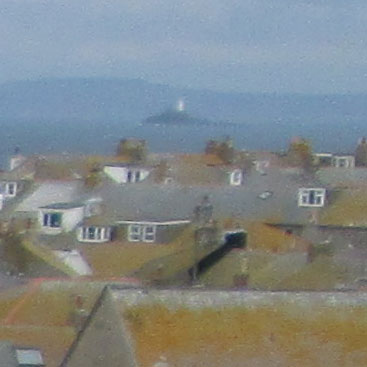 | |
f7.9, 100 ISO |
f7.9, 100 ISO | |
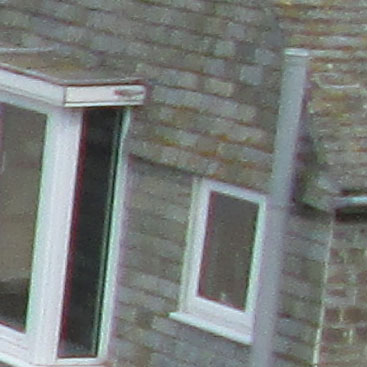 | 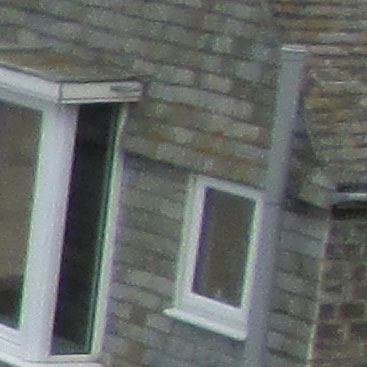 | |
f7.9, 100 ISO |
f7.9, 100 ISO | |
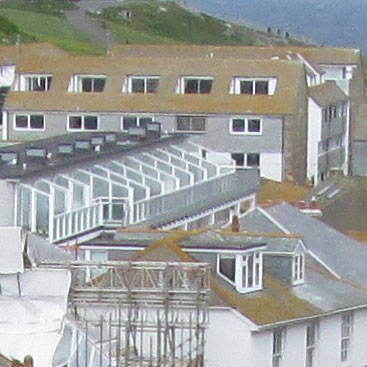 | 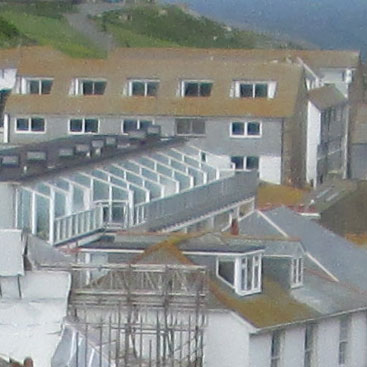 | |
f7.9, 100 ISO |
f7.9, 100 ISO |
Canon PowerShot A3400 IS vs Canon PowerShot A2300 Noise
The above shot was taken with the Canon PowerShot A3400 IS. The lens was set to its maximum 5mm wide angle position which provides a similar field of view to the 5-25mm lens on the PowerShot A2300. For these tests the camera was placed on a tripod. Image stabilisation was disabled on the A3400 IS and i-Contrast was left in the default off position on both cameras. In Program auto mode the A3400 IS chose an exposure of 1/5 at f2.8 at 100 ISO As we saw in the outdoors test, even at the base 100 ISO sensitivity setting there’s visible noise in the 100 percent crop from the PowerShot A2300. As a result the edges of the memorial frame already look a bit indistinct and there’s a coarse granularity to the flat colour of the cream wall. There’s also a distinct purple patchiness to parts of the image which varies from crop to crop. At 200 ISO, there’s a quite distinct increase in the noise levels and at 400 ISO detail is beginning to break up and edges that should be crisp and straight are already looking quite bitty and broken up. At 800 ISO things take a dramatic downturn. Both the noise and processing to reduce it have ratcheted up and the result is a corresponding worsening in image quality with all but the coarsest detail losing out in consequence. There isn’t a clean edge anywhere in this crop. You don’t have to be pixel peeping at 100 percent view to see a difference in quality between the 100 and 800 ISO images, though this and the 1600 ISO shot are fine for web viewing at small sizes, they’re not suitable for everyday shooting and are best reserved for ‘must have’ low light shooting. The Low light scene mode produces slightly better results at automatically selected high ISO settings, but at a reduced 4 Megapixel resolution. Once again, it’s curious that there’s a difference in the noise characteristics of the PowerShot A3400 IS and the A2300, both of which use the same 16 Megapixel CCD sensor, but there you are. Both cameras start with significant noise at the 100 ISO base setting and it increases fairly linearly with the result that, at 800 ISO a lot of even the coarsest detail is lost. The degree of noise and processing is similar in both cases, it just looks a bit different. So, while the difference in processing gives the A3400 IS a slight advantage at 100 ISO, at the higher sensitivity settings neither camera shines and there’s not much to choose between them. Now head over to my PowerShot A3400 IS sample images to see some more real-life shots in a variety of conditions.
|
